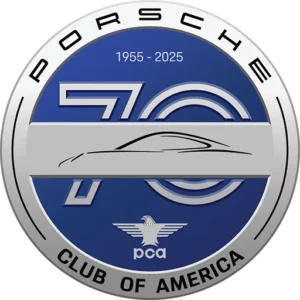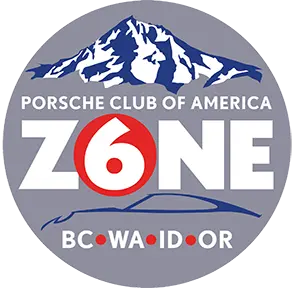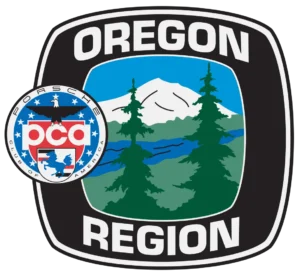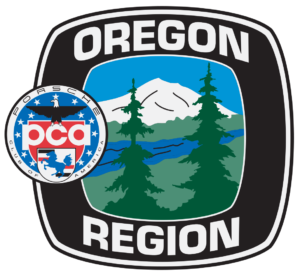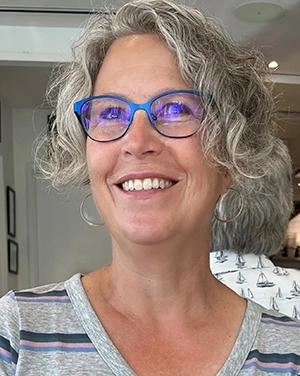Starting around 2005 or so, a majority of European vehicles including Porsches, were engineered to NOT have a mechanical engine oil dipstick which could easily be pulled out of the oil sump to check the engine oil level. Instead, the “old trusty” dipstick was replaced with an electronic level sensor and digital readout in the instrument cluster (gauge to the right of the center tachometer). While there is much debate as to why this change occurred (ease of packaging/manufacturing and thus cost savings for Porsche, better integration into vehicle electronics and more Porsche safeguards for warranty claims involving low oil level, supposed convenience, funneling frustrated owners into dealerships/service centers, etc.), what isn’t as debatable are some of the misunderstandings and frustrations with an electronic sensor readout.
Let’s start with checking the engine oil level after a fresh oil/filter change. With the previous mechanical dipstick, anyone could easily check and physically see the oil level on the dipstick minutes after letting the fresh oil settle into the oil sump. Even after a short test drive, and then letting settle once again, the level could be quickly checked a second time and the vehicle is ready to go. Let’s start with checking the engine oil level after a fresh oil/filter change. With the previous mechanical dipstick, anyone could easily check and physically see the oil level on the dipstick minutes after letting the fresh oil settle into the oil sump. Even after a short test drive, and then letting the oil settle once again, the level could be quickly checked a second time and the vehicle is ready to go. With the electronic dipstick, the vehicle needs to be driven with fresh oil in order for the oil level to populate on the gauge. This can take up to 30 – 40 minutes. Unfortunately, sometimes it takes this long, which is partly why oil changes have continued to increase in price, beyond the increasing labor time required to remove/re-install the myriad of panels to access components, as well as the ever-increasing synthetic oil and OEM oil filter costs. (Note: e-Hybrids are even more challenging and time-consuming to populate the oil level as more often than not, the battery pack is powering the vehicle vs the engine, so the engine is stone cold when it comes in for an oil change, and thus we have to get the engine warmed up to be able to begin the oil change process).
Some of you may be asking why the gauge readout is important as long as the engine is filled with the proper specified quantity of oil. Since our clients want to be able to see the gauge readout themselves so they know everything is good to go, we need to make sure that the readout is providing accurate information to them. While there are some Porsche models that allow our technicians to view the oil level with the computer scan tool, the vehicle still needs to be driven before the oil level will be populated in the gauge for the client to see.
When driving after the oil change, the oil level gauge readout will show “Oil level information currently unavailable” as the vehicle has determined that the oil isn’t yet up to temp and therefore the system can’t accurately gauge the oil level:
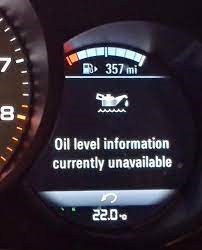
Once the Porsche has been driven enough for the oil level readout to populate, one flaw in the engineering is that if more oil needs to be added to the engine and you want to watch a live change in the oil level on the gauge as oil is added, as soon as the hood/rear decklid is opened to add more oil, the level readout disappears (an open hood/decklid icon is now visible instead), and you cannot see the level readout again until you drive a second time to re-populate the level readout. Not convenient in the least.
Some of you may also be asking; what if I’m driving around while waiting for the electronic readout to populate and I have too little or too much engine oil, how will I know? Yes, this is a potential issue since there is no mechanical dipstick to initially check your “baseline” oil level, and unfortunately, you won’t know whether the engine is underfilled or overfilled for possibly 40+min. Scary we know. This is why it’s crucial to make sure as much oil is initially drained out as possible while the engine is at least warm, and then filling with the specific quantity and proper oil spec (specs are continuing to evolve; currently at least 5 different possible engine oils for Porsches). At our 3 shop locations, our techs will initially fill with just-under the specific quantity, then drive for the oil level to populate, re-check what this specific vehicle’s gauge is communicating to us/client, and then we’ll top off oil as needed, aiming for the final level (green vertical “bar”) to rest in the middle of Max and Min, like this:
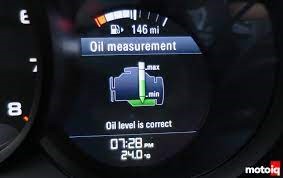
The reason we aim for this level is that we’ve found that the electronic level sensors vary in accuracy from car to car, and we don’t want to end up with the gauge showing a final level at Max like this:
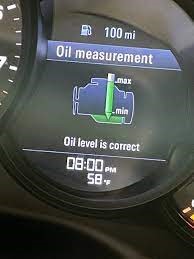
The reason we don’t want to end up with the oil level at Max is that even though the message says, “Oil level is correct,” as the car is driven even more, the oil gets even hotter/thins out/level rises further and then an overfilled “Above Max” warning can display as seen below, which then requires oil to be drained out of the oil sump, creating inconvenience for everyone:
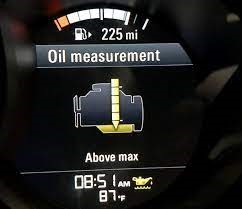
On the other end of the spectrum, below is a picture of the cryptic and difficult to understand underfilled message, which is trying to communicate that while it’s possible to keep driving the vehicle for some time, it wants a maximum of 1 quart of oil to be added ASAP as the level is currently at minimum. Note; remember that just like with the old trusty mechanical dipstick, the volume between Min and Max lines is 1 quart worth. Min causes confusion for some drivers, as Min doesn’t mean that the engine doesn’t have very much oil in it, for even at Min most Porsche engines still have 6+ quarts in the oil sump:
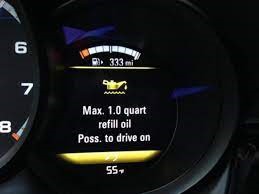
All in all, we’re personally not fans of vehicle manufacturers moving from mechanical dipsticks to ONLY electronic dipstick readouts. We feel the old trusty mechanical dipsticks should have been retained as a secondary tool when the electronic dipstick was implemented, for the mechanical dipstick is a more reliable and quicker method of physically checking oil levels. Yes, the electronic dipstick in the gauge cluster is a convenient way to view oil level without getting out of the vehicle, but solely relying on an electronic sensor which can possibly read less-than-accurately, and is also SO much more time-consuming for everyone to deal with, is a disservice to the vehicle and driver.
Here’s another puzzler to chew on; while the newer Porsche Cayenne’s don’t have mechanical dipsticks, their siblings the Audi Q7 and VW Touareg still do. Hmmm…
Jeremy Williams is the Oregon PCA Technical Editor. He co-owns Matrix Integrated (Matrix Integrated Inc.) with his brother Justin. Jeremy can be reached at [email protected]



